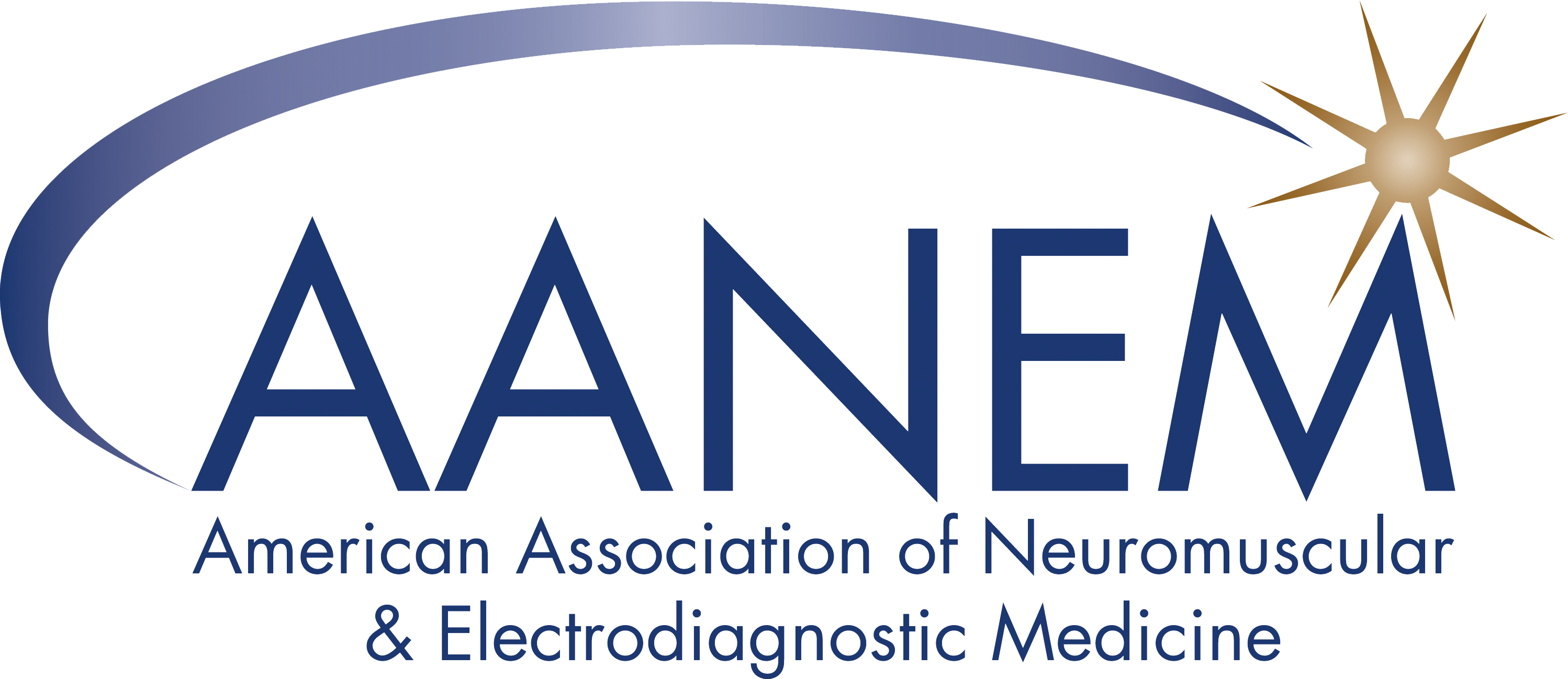William Litchy, MD, Receives AANEM's 2025 Lifetime Achievement Award
Published July 28, 2025
AANEM News

William Litchy, MD, has been named the recipient of the AANEM Lifetime Achievement Award, recognizing a distinguished career marked by decades of contributions to NM and EDX medicine, education, and research. “It is truly an honor, personally and professionally, to be recognized by AANEM with the Lifetime Achievement Award,” Dr. Litchy said. “Winning this award is another reminder to me that there are so many who have had long, rewarding, and successful careers and are just as, if not more, deserving of an achievement award.”
Dr. Litchy’s educational journey laid a strong foundation for his career. He earned his Bachelor of Arts in biology from the College of St. Thomas, followed by graduate studies in anatomy and physiology at Saint Louis University and Washington University. He received his medical doctorate from the University of Minnesota, completed a neurology residency at the Mayo Clinic, and pursued additional training in pharmacology and philosophy, reflecting a deep intellectual curiosity that would continue to shape his multifaceted career.
Personal interest and inspiring mentors shaped his path into NM and EDX medicine. “I believe where you end up in a career requires both interest and inspiration, not necessarily in that order. The interest comes from oneself and the inspiration from mentors,” he said. Early exposure to peripheral nerve physiology in graduate school and mentorship from giants like Peter Dyck, MD, and Jasper Daube, MD, helped solidify his trajectory. However, Dr. Litchy credits his wife with delivering the defining moment: “The defining inspiration, however, was my wife, who preferred not to be married to a neurosurgeon.”
Dr. Litchy’s long affiliation with the Mayo Clinic has been central to his contributions to medicine. He served as a Consultant in Neurology from 1981 to 1995 and again from 2003 to the present. In the early 1980s, he co-created the foundational Neuroscience Course for neurology residents, helping bridge basic science with clinical practice. He later played a leading role in transforming the Mayo Clinical Neurophysiology Course from a focused EMG course into a broader, multi-site educational program and expanding it to three annual locations. In 1987, he became the third director of the Mayo EMG Laboratory, where he advanced the lab’s educational scope and initiated EMG-directed BOTOX treatments for movement disorders, and helped establish the intraoperative monitoring program, strengthening the lab’s reputation for clinical innovation and excellence.
His passion for research began early—he recalls dismantling his brother’s bike as a child to figure out how it was built. “I did not know he expected me to put it back together,” he joked. This sense of curiosity matured into a rigorous scientific approach. “Research starts with curiosity and an inquiring mind,” he said. “However…one must also have the desire for exploration and ultimately the desire to seek knowledge.”
Dr. Litchy and the many people he worked with over the years used that desire for knowledge to push their research forward, developing methods and reference data emphasizing reproducibility, reliability, and clinical relevance. Notably, their work contributed to largescale efforts to understand and monitor peripheral neuropathies, particularly diabetic and hereditary amyloid neuropathies. “We created mNIS+7, which is used as a primary or secondary endpoint in many clinical trials for length-dependent peripheral neuropathy,” he explained. “This is an example that recognizes nerve conduction studies are not just to make a diagnosis but also provide information about pathophysiology, change in function over time, and the effect of treatment interventions.”
Dr. Litchy’s influence extended beyond clinical and research settings. From 1995 to 2002, he joined HealthPartners, where he established the department of neurology and served as associate medical director for medical specialties. In that role, he oversaw strategic and operational aspects across multiple specialties. Upon returning to Mayo, he held administrative leadership roles including chairing the Health Plan Operations Committee, serving as chief medical officer for Mayo’s third-party administration and pharmacy benefit management companies, and acting as president of the Mayo Foundation for Education and Research.
His contributions to AANEM have also been significant. Dr. Litchy has served on numerous committees and played a key educational role through “EMG Talk,” which he co-hosted with Larry Robinson, MD. Modeled after NPR’s Car Talk, the event began in 1994 as a humorous, approachable format to explore complex EDX topics. “It continues to bring people with all levels of experience together for informal dialogue,” he said, emphasizing the role of humor and accessibility in learning.
When reflecting on his career, Dr. Litchy doesn’t highlight a single moment or achievement but rather the relationships and continuity of purpose that have defined his work. He remains actively engaged in research on muscle physiology and biomechanics, collaborating across engineering and clinical medicine disciplines. “I still ask more questions than I answer,” he said. “I still love to explore ideas and pursue knowledge.” With a career grounded in curiosity, collaboration, and education, Dr. Litchy continues to shape the fields of NM and EDX medicine.
